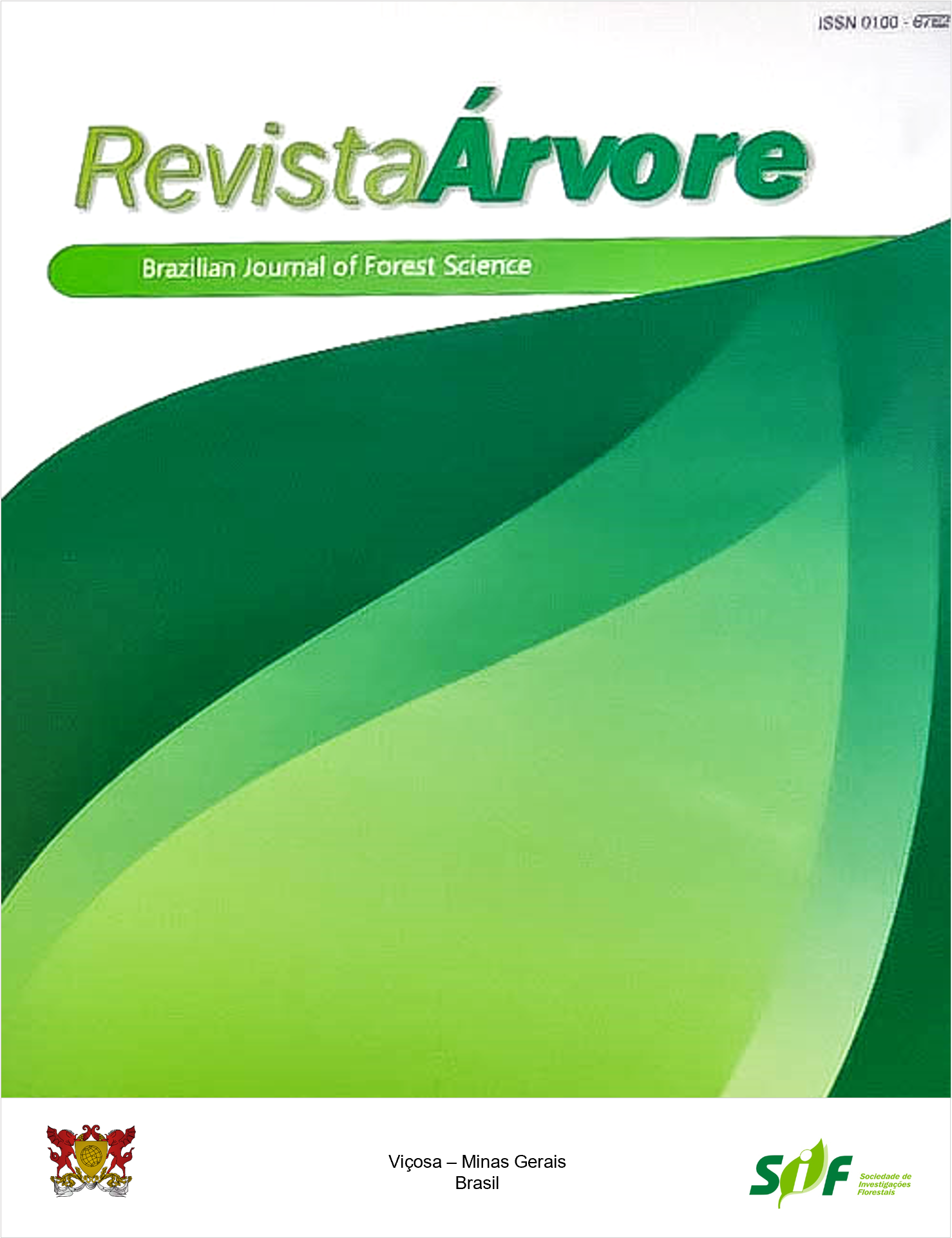EFFECT OF pH ON THE ANTIBACTERIAL AND ANTIFUNGAL ACTIVITY OF WOOD VINEGAR (PYROLIGNEOUS EXTRACT) FROM EUCALYPTUS
Keywords:
Pyroligneous acid and pH effect, Antibacterial activity, Antifungal activityAbstract
The study aimed to assess the effect of progressive neutralization on the antimicrobial properties against bacteria and yeasts of wood vinegar obtained from the pyrolysis of Eucalyptus urograndis (clone I144) wood. Wood samples were carbonized at a heating rate of 0.9 °C min-1 until a final temperature of 450 °C, totalizing 8 hours of carbonization. The raw pyrolysis liquids were left to settle, and the aqueous fraction was separated. Then, the aqueous fraction (raw wood vinegar - WV) was purified to yield the WV. WV samples were collected and neutralized from pH 2.5 until 7.5 (2.5, 3.0, 3.5, 4.0, 4.5, 5.0, 5.5, 6.0, 6.5, 7.0, and 7.5, by adding NaOH solution. Through the broth microdilution method, the antimicrobial effect of the neutralized samples at each pH was assessed on Pseudomonas aeruginosa (ATCC 27853), Salmonella enteritidis (ATCC 13076), Staphylococcus aureus (ATCC 25923), Streptococcus agalactiae (CEPA CLINICA), and Candida albicans (ATCC 10231). The minimum inhibitory concentration (MIC) and minimum bactericidal (and fungicidal) concentrations were determined through in vitro technics. Results were subjected to logarithmic regression analysis, and statistical models were fitted for each microorganism in the assessed pH range; as pH increased, a progressive decrease in the CIM increased, demanding higher concentrations of WV to inhibit microbial growth. The more resistant strains were S. aureus and S. agalactiae, which required an increase in WV concentration from a minimum of 6.25% at pH 2.5 to reaching 50% at pH 6.0. When at pH 7.0, both strains were not inhibited even at 50% (the highest concentration evaluated in the study). In contrast, C. albicans proved to be the most sensitive strain, starting from 3.12% EP at pH 2.5 and requiring only 25% for inhibition at pH 7.0. The behavior of P. aeruginosa and S. enteritidis followed the pattern of C. albicans, differing only at pH 7.0, where they required 50% of EP. As observed, even at neutral and slightly alkaline pH, the inhibitory activity of EP on microbial growth was maintained to some extent. Nevertheless, even when neutral and slightly alkaline pH values are reached, the inhibitory activity remains at a certain level. Higher pH values of the WV were associated with lower antimicrobial activity. However, its activity remained even at neutral and slightly alkaline pH values.
Keywords: Pyroligneous acid and pH effect; Antibacterial activity; Antifungal activity
Downloads
Published
How to Cite
Issue
Section
License
All authors agreed to submit the work to Revista Árvore and granted the exclusive license to publish the article. The authors affirm that it is an original work and has not been previously published elsewhere. The scientific content and opinions expressed in the article are the sole responsibility of the authors and reflect their opinions, not necessarily representing the opinions of the editorial board of Revista Árvore or of the Society of Forest Investigations (SIF).




